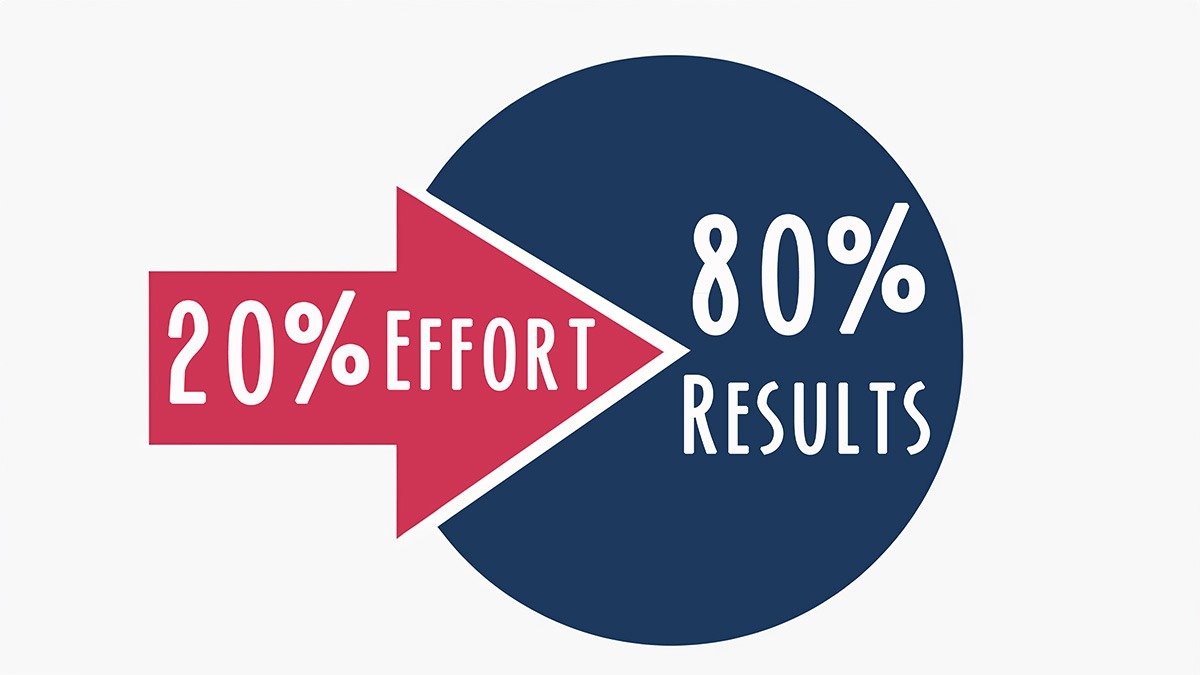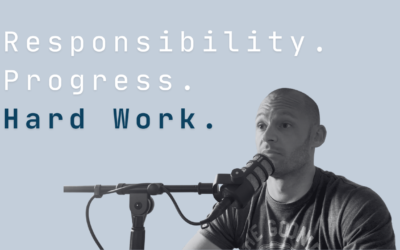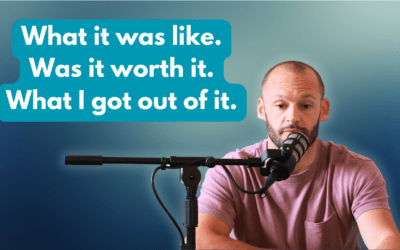What is the Pareto Principle?
The Pareto Principle, also known as the 80/20 rule, states that approximately 80% of effects come from just 20% of causes. This suggests that a small minority of inputs or efforts are responsible for a large majority of outcomes or results. The concept is widely applied in various fields such as business, economics, sociology, and productivity.
Most important for us are its implications on the processes of recovery and personal development, and our ability to apply leverage in those aspects of our lives. First, let’s give some concrete examples of the Pareto Principle in action so we have a better understanding of what the concept means.
Real-World Examples Of the Pareto Principle
- Business Sales: In many businesses, 80% of sales come from 20% of their customers. This means that a very large portion of their revenue is generated by a small portion of their customer-base. This gives these businesses the ability to identify these high-value customers and figure out ways to provide them more value.
- Website Traffic: It’s common for websites to receive 80% of their traffic from 20% of their pages or content. This allows them to identify which pages they should optimize and highlights the types of content they should look to create more of in the future.
- Quality Control: In manufacturing, around 80% of product defects are typically caused by 20% of the issues in the production process. Identifying and addressing these critical issues can significantly improve overall product quality and reduce waste.
- Time Management: Often, people find that 80% of their productivity comes from 20% of their time spent on high-priority tasks. This highlights the importance of prioritizing and focusing on the most impactful activities.
The Relationship Between The Pareto Principle and the Concept of Leverage
So far we have defined what the Pareto Principle is and identified ways in which it crops up in the real world. Great – but why should we care? The answer to that has to do with how we can utilize the principle to apply leverage in our own lives and throughout our recovery.
The concept of leverage varies in definition given its context, but in a general sense it is about maximizing the effectiveness of your efforts by focusing your attention and resources on the things that give you the greatest advantage.
The Pareto principle implies that, in many circumstances, a small subset of our actions and efforts provide a majority of our results. Further, if we can identify these few vital actions and focus our efforts on them, we can maximize our effectiveness, thereby increasing our leverage.
Overall, what makes this so important is the fact that we have a limited number of resources at our disposal – we only have so much time, money, and energy in order to get things done. We want to maximize the effectiveness of these resources by identifying what key efforts bring the greatest results and focus on those before anything else. Put more simply, we are looking to get the most ‘bang for our buck.’
“Give me a place to stand, and a lever long enough, and I will move the world.”
– Archimedes
How to Use the 80/20 Rule to Create Leverage
In order to apply the Pareto principle and effectively leverage our inputs we must do the following:
- Determine the system we are looking to improve.
For example, maybe we are in the process of trying to improve our health and we have been struggling to lose a few pounds. We might identify ‘weight loss’ as the system we would like to improve.
- Identify the “vital few,” or the 20% of inputs that account for 80% of the results.
The inputs that give us our greatest results and provide us with leverage may be obvious or may require some analysis and experimentation. Regardless, we need to identify what inputs we need to focus our efforts on before we optimize anything.
In our weight loss example, we may have been exercising, experimenting with different diets, counting calories, cold-plunging, drinking trendy health-food shakes etc. We might realize that after all of this, regardless of which diet we were on or what shakes we drank, controlling our calorie intake and exercising consistently had the most impact on us losing weight. These are the vital few inputs, the 20%, that account for 80% of our weight loss – our vital few.
- Optimize our resources around these inputs and prioritizing our efforts.
This is where we concentrate our efforts and place our focus on the small subset of inputs that account for the majority of our output.
In our previous example, this would mean that we prioritize managing our daily calorie intake and exercising and double down on those tasks before focusing on anything else. Weight loss can accrue expenses as well, so we might first spend money on gym memberships, exercise equipment, or calorie tracking apps before we would be willing to spend money on weight loss supplements, fad diet programs, etc. In essence, we shift our resources (time, effort, money, etc.) and prioritize the vital few in order to maximize their effectiveness.
4 Ways to Apply the Pareto Principle to Our Recovery
- Identify Triggers and Underlying Causes: Recognize the 20% of triggers or underlying causes that contribute to 80% of cravings or relapse episodes. By identifying and understanding these critical factors, individuals in recovery can develop targeted strategies to address them effectively.
- Focus on Key Recovery Strategies: Identify the 20% of recovery strategies or activities that yield 80% of the positive outcomes. This could include attending support group meetings, engaging in therapy, practicing mindfulness techniques, or developing healthy coping mechanisms. Prioritize these key strategies to maintain sobriety and promote overall well-being.
- Build a Support Network: Recognize the importance of the 20% of relationships or support systems that provide 80% of encouragement, understanding, and accountability in recovery. Surround yourself with individuals who are supportive of your sobriety and actively engage with them for guidance and encouragement.
- Practice Self-Care: Prioritize self-care activities that contribute the most to overall well-being and resilience in recovery. This could involve regular exercise, adequate sleep, nutritious diet, mindfulness practices, and engaging in hobbies or activities that bring joy and fulfillment.
Summary and Final Thoughts
The Pareto Principle, or 80/20 Rule, is a powerful insight that gives us a reliable way to leverage our activities by focusing our efforts and resources on those critical few inputs that provide us with the majority of our results. This becomes invaluable due to the limited and finite nature of our time, money, and effort. Utilizing each of these more efficiently and effectively could mean the difference between our success or our failure in many endeavors.
This rule can be applied to many facets of our recovery. It can help us determine which relationships we should focus on, what recovery strategies we should place the most emphasis on, help us identify critical triggers we need to prioritize dealing with, and determine an optimal self-care routine. These are only a few examples of ways in which the Pareto Principle can be applied to our recovery, and I encourage you to think of other methods of using the insights gleaned from the 80/20 rule that could improve your experience in sobriety.
When all is said and done, this technique is all about optimization, or making the best or most effective use of a situation or resource.
So what aspects of your recovery most benefit you personally, and deserve a larger share of your attention? Are there aspects that are getting more time and focus than they deserve? Would it benefit your recovery overall to divert resources from some low-value areas and utilize them for something more effective?





